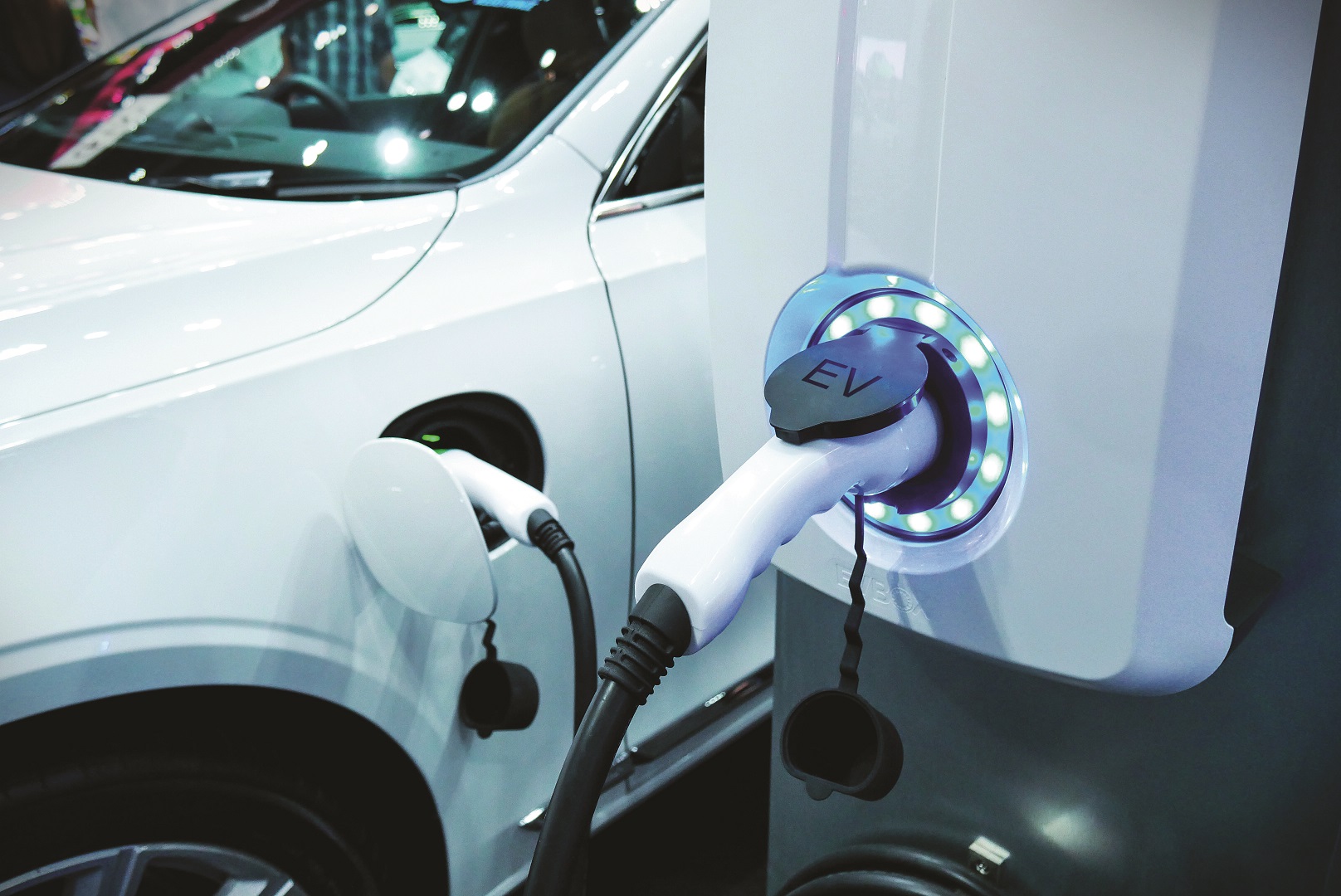Plans for vehicle electrification
Don Smolenski | TLT Machinery October 2021
Auto manufacturers have been working on recent developments to promote the movement toward electrification.

There is undoubtedly a strong push from the government, public and automakers to move from internal combustion engines (ICEs) to electric vehicles (EVs). The move to electrification will only continue to accelerate. Several automakers have announced ambitious plans. Tesla has already gone all electric, and by 2022:
•
Stellantis plans to launch 10 electric or hybrid vehicles.
•
Mercedes plans to launch 10 electric or hybrid vehicles.
•
Nissan plans to launch eight electric or hybrid vehicles.
By 2025:
•
Audi plans to have 30 EVs.
•
BMW expects EVs to account for 15%-25% global sales.
•
Ford will invest $29 billion in EVs.
•
GM plans to have 30 EVs on the market.
•
Hyundai will have 23 EVs worldwide.
•
Jaguar plans to be all electric.
•
Land Rover will have six EVs.
•
Toyota will launch 60 hybrid, electric or fuel-cell vehicles. It expects annual sales of 5.5 million.
•
Volkswagen plans to build 1.5 million EVs across its brands.
•
Volvo expects one million hybrid or EVs on the road and 50% of its global sales to be EVs.
Going forward:
•
Jaguar Land Rover plans to phase out diesel powertrains completely by 2026.
•
Audi will not produce any ICE vehicles after 2033.
•
Volkswagen will not sell any ICE vehicles in Europe by 2035.
•
GM aims to eliminate diesel and gas powertrains from its light-duty lineup by 2035 and for its entire operation to be carbon neutral by 2040.
1
Several countries are weighing in. Targets for phasing out the sale of diesel/gas cars include:
•
2025: Norway
•
2030-2035: Denmark, Iceland, Ireland, Japan, Netherlands, Sweden, Scotland and UK
•
2040-2050: Canada, France, Spain, Costa Rica and several others
•
Other: Germany expects 14 million EVs on their roads by 2030; in China, EVs will be 40% of sales by 2030.
•
U.S. has no national mandate, but several states have different mandates through 2050.
It’s obvious that EVs are coming in a big way. But what are the consumer options of home charging stations? There are three general options:
•
Level 1
o
Connect to a standard, three-prong,120-volt outlet.
o
A portable charger comes with the EV.
o
One hour of charging provides two to five miles of range, depending on the vehicle.
•
Level 2
o
Connect to a standard four-prong, 240-volt outlet, like the one that powers large appliances.
o
Charging can be hardwired, which requires a charging station with a conduit instead of a plug.
o
One hour of Level 2 charging provides up to 30 miles of range, depending on the vehicle.
•
DC Fast Charger (DCFC)
o
An EV must be fast-charging enabled for DCFC.
o
A DCFC can charge an EV in 30 minutes or less.
2 The range achievable will be vehicle dependent.
o
This is what public charging stations would likely require.
A Level 1 system will likely not be acceptable to all but for those with a very short commute. A Level 2 charging station installation typically includes pre-installation inspection of equipment and site, labor, dedicated 240-volt 40 amp circuit (including wiring), installation and mounting of the station, start up and test, local permits and inspections. A second electric meter may be installed to take advantage of off-peak electricity rates. Newer homes typically have electrical panels with adequate capacity for an EV charger. Older homes may not accommodate the additional demand for electricity and may require an upgrade.
Solar panels also may be used to charge the vehicle, to make it truly “green.” The total installation costs will not be insignificant and will depend on the geographical location and details of the site.* At any rate, consumers will have significant costs to switch over! The other part of the equation is how to ensure that the infrastructure will be sufficient to support this flood of EVs. I’ll address that in my next column.
* Costs may vary greatly by geography. Details and examples may be found here.
REFERENCES
1.
Click here.
2.
Click here.
FOR FURTHER READING
1.
Companies are increasingly setting big, public targets for electric-vehicle adoption. Here’s a timeline of who’s doing what, and how soon:
www.caranddriver.com/author/219042/annie-white/.
2.
ICCT (November 2020), “Growing momentum: Global overview of government targets for phasing out sales of new internal combustion engine vehicles.” Available
here.
Don Smolenski is president of his own consultancy, Strategic Management of Oil, LLC, in St. Clair Shores, Mich. You can reach him at donald.smolenski@gmail.com.